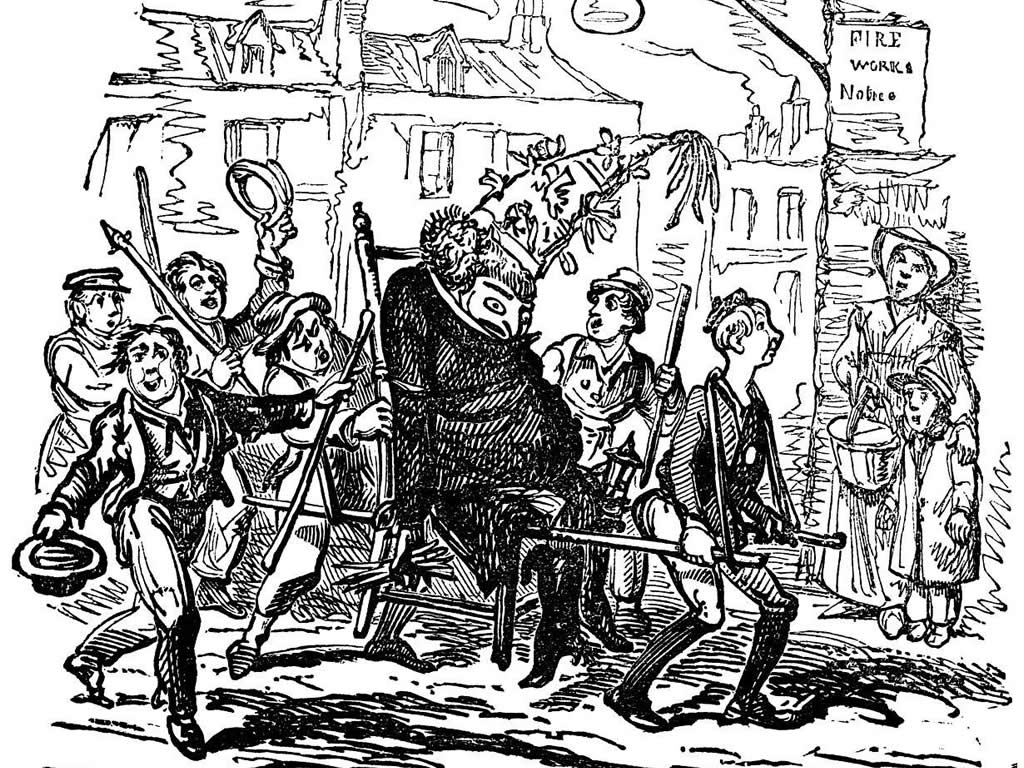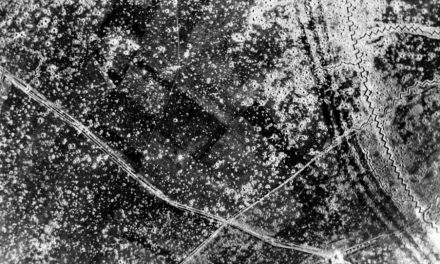
The 6th of June 1944 is one of those pivotal dates in History that will always be remembered as a turning point in human history. 2014 will be the 70th anniversary of this “day of days”. In this article we look at some D-Day Factoids.
What does the D in D-Day stand for ?
On 6 June 1944, 156,000 Allied soldiers headed to the shore in Normandy), as part of Operation “Overlord” the code name for the entire Allied invasion of north-west Europe. Not all of the soldiers landed on the beaches on that day. However that day became famously known as D-Day.
The reason behind this is : When a military operation is being planned, its actual date and time is not always known exactly. The term “D-Day” was therefore used to mean the date on which operations would begin, whenever that was to be. The day before D-Day was known as “D-1”, while the day after D-Day was “D+1”, and so on. This meant that if the projected date of an operation changed, all the dates in the plan did not also need to be changed.
This actually happened in the case of the Normandy landings. D-Day in Normandy was originally intended to be on 5 June 1944, but at the last minute bad weather delayed it until the following day.
The Biggest Military Operation Ever
D-Day was the biggest seaborne invasion and the greatest military campaign the world has ever seen and here’s the reason why …
| Allied troops landed in Normandy | 156,115 | |
| American (Omaha & Utah beaches + airborne) | 73,000 | |
| British (Gold & Sword beaches + airborne) | 61,715 | |
| Canadian (Juno Beach) | 21,400 | |
| Airborne troops (included in figures above) | 23,400 | |
| Aircraft supporting the landings | 11,590 | |
| Sorties flown by allied aircraft | 14,674 | |
| Aircraft lost | 127 | |
| Naval vessels in Operation Neptune | 6,939 | Naval combat ships | 1,213 |
| Landing ships and landing craft | 4,126 | Ancillary craft | 736 |
| Merchant vessels | 864 | |
| Personnel in Operation Neptune | 195,700 | |
| American | 52,889 | |
| British | 112,824 | |
| Other allied | 4,988 | |
The D-Day Codes
In the planning and lead up to the Allied invasion of Europe in 1944, secrecy was paramount. A huge security blanket covered every aspect of the operation, including the exact place and date. Code names and acronyms became vital. These are just a few …
D-Day | : | the date of the operation |
H-Hour | : | the hour of the invasion |
Bolero | : | the build up to D-Day in Britain |
Operation Overlord | : | the overall invasion plan |
Operation Neptune | : | the seaborne invasion |
Fortitude | : | A long-term operation to conceal the true location of the D-Day landings |
Mulberry | : | artificial harbours towed across the Channel |
Ham & Jam | : | the signal indicating the bridges at Benouville (Pegasus Bridge) and Ranville were secured by Allied Forces |
UTAH | : | Code name for most western beach between Pouppeville and La Madeleine, 3 miles long, assigned to the US 1st Army, 7th Corps. Casualties were the lightest of all the landings – out of 23,000 troops, only 197 men were killed or wounded. It was divided into zones assigned Tare Green, Uncle Red and Victor. |
OMAHA | : | Code name for the beach between Sainte-Honorine-des-Pertes and Vierville-sur-Mer, 6 miles long (largest). Taking Omaha was the responsibility of US 1st Army, 5th Corps, with sea transport provided by the US Navy and elements of the Royal Navy. The movie Saving Private Ryan portrays some of the events here. The 1st Infantry assault experienced the worst ordeal of the D-Day operation. The Americans suffered 2,400 casualties but 34,000 Allied troops had landed by nightfall. Divided into Charlie, Dog, Easy and Fox zones. |
GOLD | : | Code name for beach from Longues-sur-Mer to La Riviere, 5 miles long and includes Arromanches where the Mulberry Harbour was established. British 2nd Army, 30th Corps landed here and by nightfall, 25,000 troops had landed and pushed the Germans six miles inland. There were just 400 British casualties. Divided into How, Item, Jig and King zones. |
JUNO | : | Code name for beach spanning either side of the port of Courseulles-sur-Mer from La Riviere to Saint-Aubin-sur-Mer, 6 miles wide. Canadian 3rd Infantry Division & British 2nd Army, 1st Corps. Out of 21,400 men landed, there were 1,200 casualties. Divided into Love, Mike and Nan zones. |
SWORD | : | Code name for beach stretching 5 miles from Saint-Aubin-sur-Mer to Ouistreham at the mouth of the River Orne. British 2nd Army, 1st Corps with French & British commandos. It was nine miles north of the city of Caen – a major route centre of Northern France. The British landed 29,000 men and suffered just 630 casualties. Divided into Oboe, Peter, Queen and Roger zones. |



